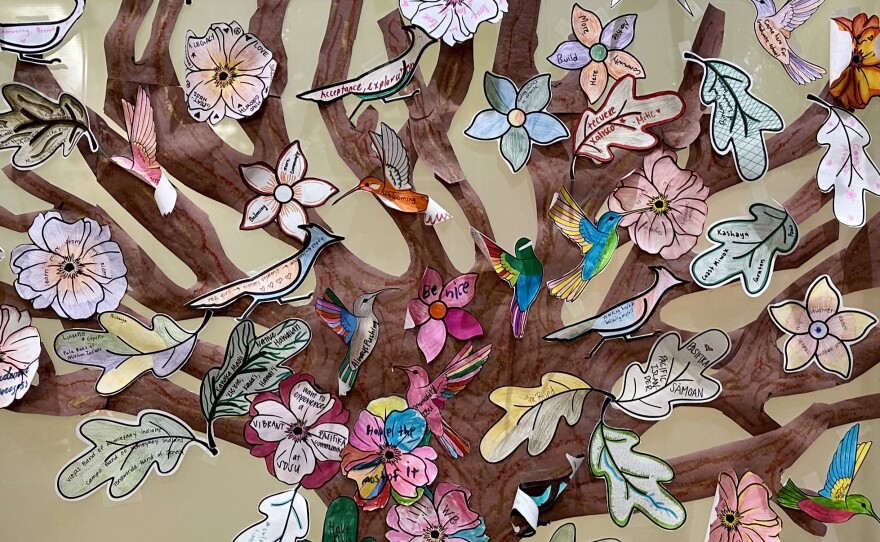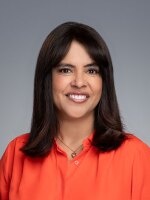Corn, beans and squash — foods that originally came from the Americas and are a part of the legacy of Indigenous cuisine — helped bring students together during a cooking demonstration earlier this month at San Diego State University’s (SDSU) Imperial Valley campus.
Chris Medellin, the director of SDSU’s Native Resource Center (NRC), led the cooking demonstration as part of the celebrations for Native American Heritage Month. Medellin showed how to make three sisters stew, an idea inspired by students wanting to explore Indigenous recipes.
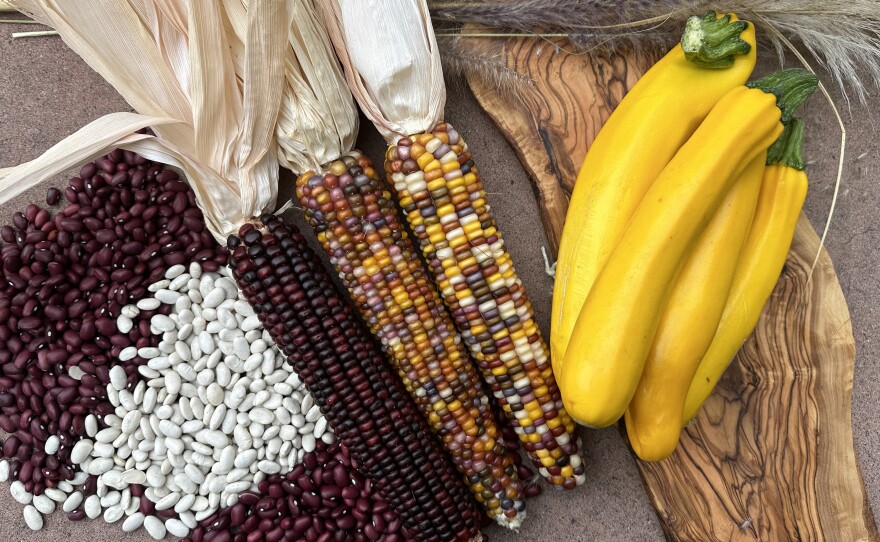
The event is an example of ongoing efforts by the center to collaborate with other departments at the university to support Native and Indigenous students.
Choosing an Indigenous recipe is not easy, Medellin explained.
“Native people aren’t like a monolith. Depending on the region, there’s so many different dishes. It could be understanding the importance of integrating salmon for the northwestern coastal region. Or it could be understanding the importance of bison in the (Great) Plains region,” Medellin said.
Corn, beans and squash are also known as the Three Sisters, an agricultural technique first developed by the Indigenous peoples of the Americas. When the three foods are planted together, they support each other’s growth. They also hold deep historical, cultural and spiritual significance among Native nations.
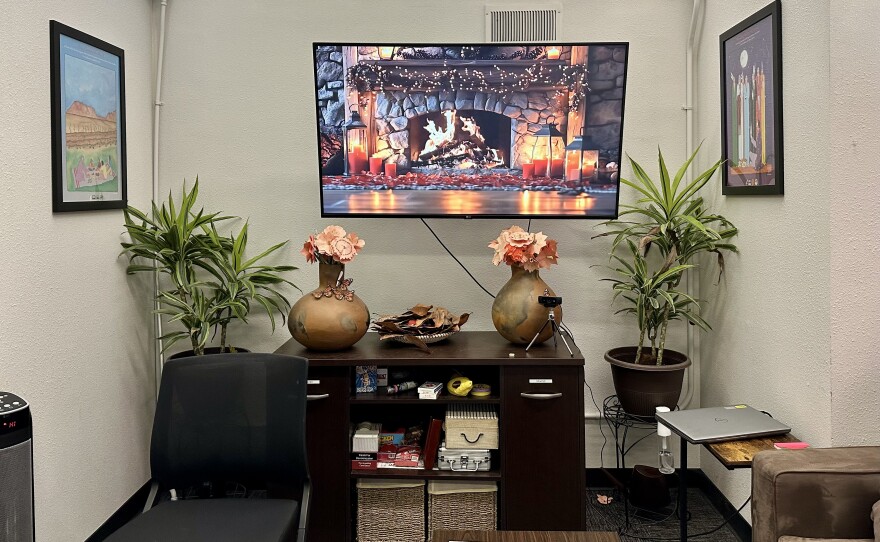
From 'dream' to reality
Medellin is the NRC’s first director. The center opened in 2019 at the SDSU campus, on the ancestral lands of the Kumeyaay Nation.
Students can stop by in between classes. There’s also support groups for graduate students, a book club, talking circles, a health and run club, among other programs and services.
Medellin was a student at SDSU before the center existed. He remembers he and other students would hang out in the American Indian Studies Department, which was not a large space.
“And we would dream about having another space, a bigger space,” he said.
Medellin helped draft a proposal and worked with faculty and students to make the center a reality on campus.
“When it got approved, I was shocked,” he recalls. Medellin said he was equally surprised he was chosen to lead the center.
“The last five years have been manifestations of all of these generations of students, faculty and staff and alumni who have had input on what a space like this should be,” he said.
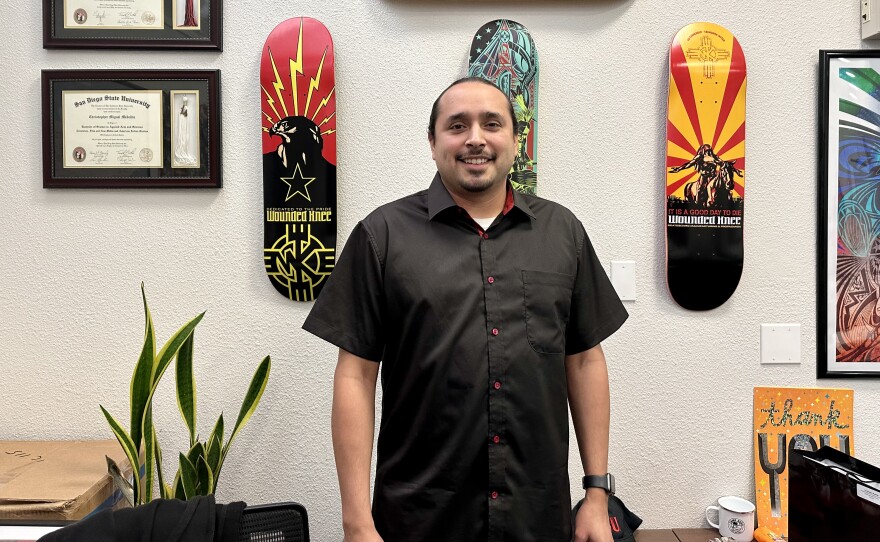
Building on legacy of resilience
Medellin and his family are from the Tule River Tribe of Yokuts of Central California. He credits his mother with instilling in him the value of an education, but when he first started college, he struggled.
“I was pretty lost,” he said.
Part of it was from having newfound independence, also from being the first in his family to attend college, and another part was a sense of feeling he had to figure it all out on his own.
But things changed. He credits students who took the lead and the initiative in approaching him.
“They said they saw my hair, and they’re like, 'He looks Native. Let’s go and see.' And that’s really how I got connected to the Native American community” he said.
That led him to work at SDSU's Educational Opportunity Program (EOP), which was established more than 50 years ago. There he gained insight from seasoned colleagues about the Civil Rights Movement, support systems for marginalized students, and how Native Americans were a part of the movement as well.
“And I think to some extent today, people are still surprised to know that Native Americans are here on campuses in modern times," he said, gesturing with air quotes. "You know — air quotes intended — because they have the impression that we disappeared and that Native people were gone. And that’s not true.”
Medellin added that this history of struggle and progress inspires his work at the center.
“I feel like that’s part of what I try to embody in the work we do as the Native Resource Center too to honor all of that struggle and then all of the progress, but also acknowledge when we’ve fallen off of those goals," Medellin said. "It took 50 years for that (the center) to happen. And, you know, we also need to talk about that. We need to say why."

